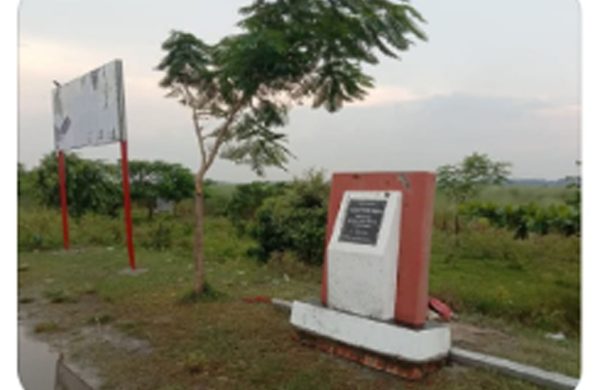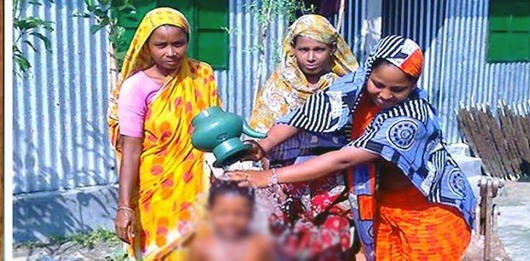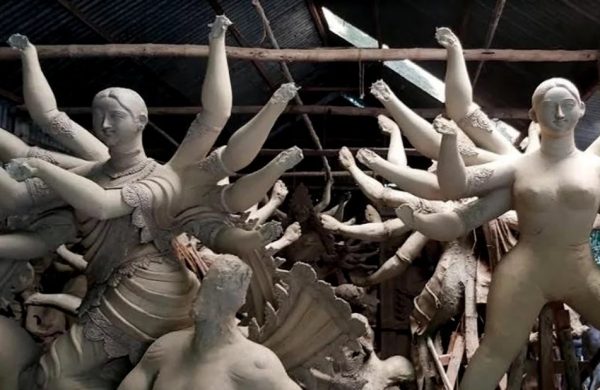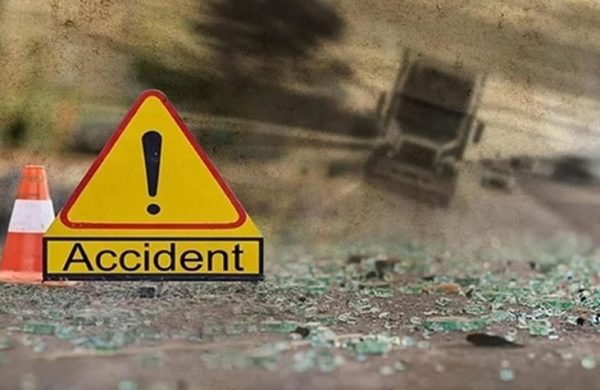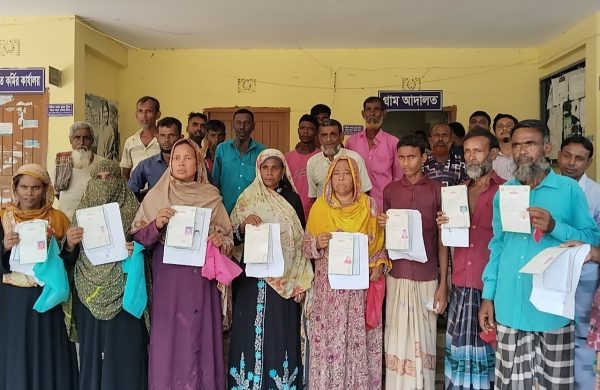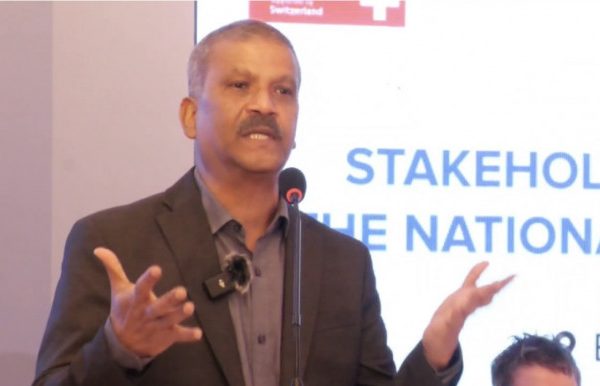Boral river regains flow after 4 decades
- Update Time : Sunday, August 17, 2025
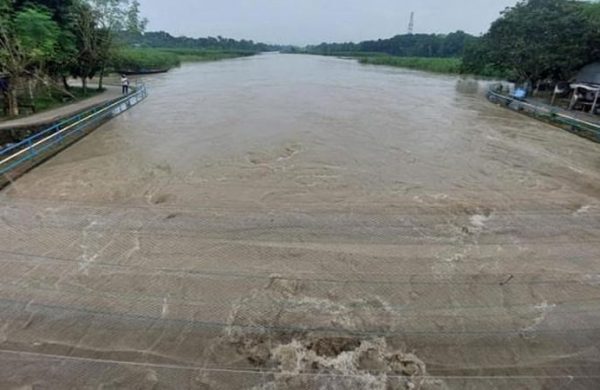
Rajshahi Correspondent:
The Boral River has got its life back after 41 years as the removal of sluice gates on the river has been completed to restore navigability and normal water flow.
Originating from Charghat upazila in Rajshahi, the 220-kilometre-long Boral is a branch of the Padma River. It flows through Natore and Pabna before joining the Jamuna River.
Once vital for communication and agriculture, the river later suffered from siltation, encroachment and reduced flow due to the construction of sluice gates and cross dams.
Bangladesh Water Development Board (BWDB) took the initiative to restore the river under the directives of Environment, Forest and Climate Change Adviser Syeda Rizwana Hasan.
“The three sluice gates were removed as part of this effort,” Partha Sarker, Sub-divisional Engineer of BWDB.
The sluice gates with regulators were built in 1984 to protect people from Padma River floods. Initially useful, they eventually turned the river into a dying canal, worsened by long-term encroachment, pollution, and unplanned canals. Heavy silt deposits at the intake point further blocked the natural flow.
However, water has resumed flowing this season following the removal of the gates.
“Before the sluice gates, we used to survive by fishing in the river. But after their installation, water shortage destroyed our livelihood. Now, with water returning, we hope to catch fish again,” said fisherman Rabiul Islam.
Once, the Boral was the main means of communication. In monsoon, it carried goods, its water was used for farming, and fish were abundant until siltation reduced the flow.
River researcher Mahbub Siddiqui said cross dams, sluice gates and pollution disrupted the river’s natural flow and degraded its quality. He added that siltation reduced the depth and water flow, while illegal construction and land grabbing narrowed the riverbed.
There is no trace of 18 kilometres of the Boral River in Natore’s Boraigram as grabbers had set up residential areas and other establishments. Rampant encroachment and pollution had further destroyed the river.
The Boral was also polluted due to unplanned development and the dumping of household and industrial waste. Household sewerage lines were directly connected to the river, while markets, shops and poultry farms dumped garbage into it, turning the water toxic, especially for fish.
Local communities had long demanded re-excavation and removal of obstructions, but earlier governments ignored their calls.
Mahbub Siddiqui, however, expressed hope that removal of the sluice gates will greatly help restore navigability and water flow to the river in the Rajshahi region.


